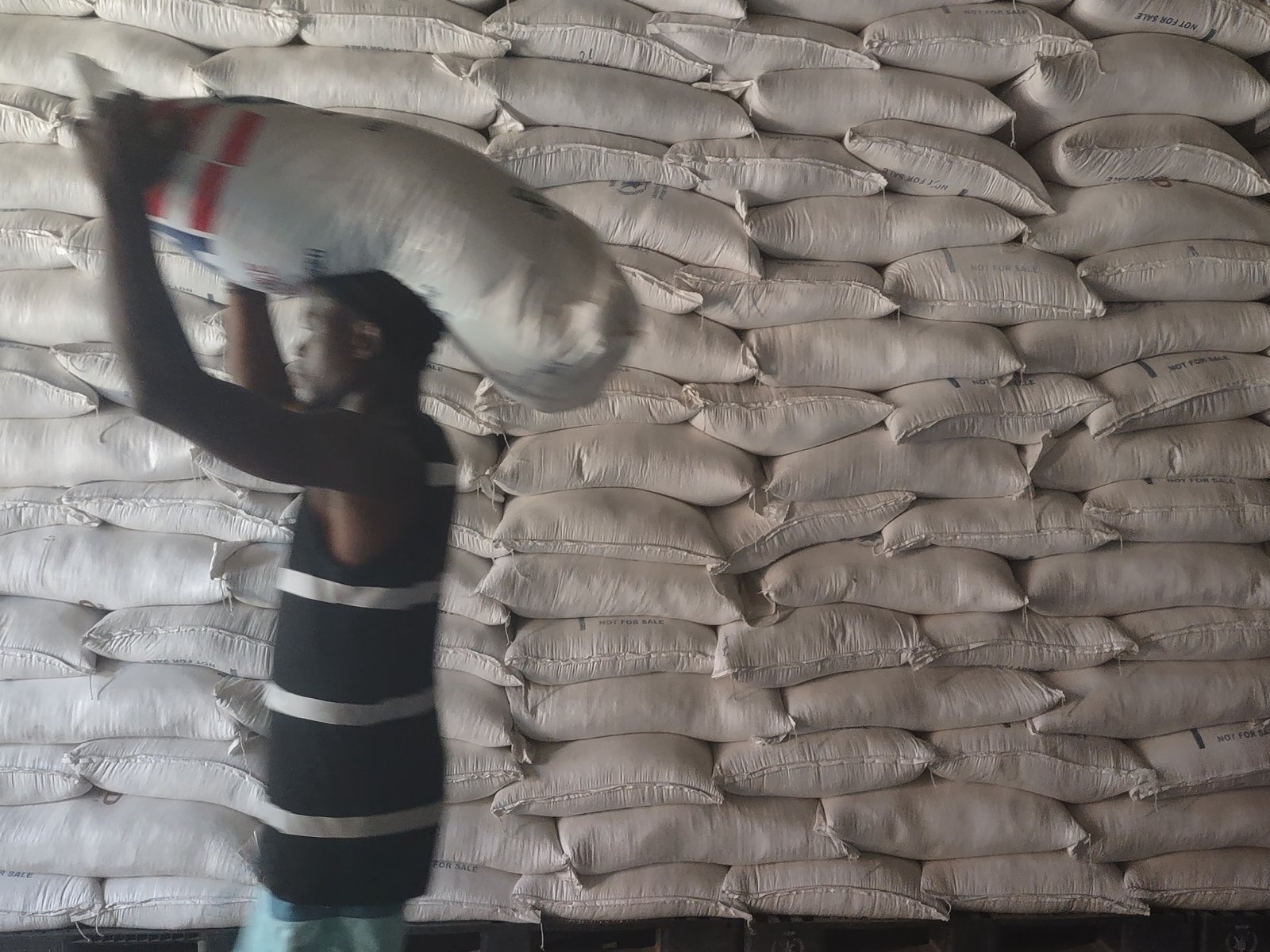Onaminthe, Haiti – It’s a Monday afternoon at Foi et Joie School in rural northeastern Haiti, and the field is a gathering of khakis and blue uniforms as hundreds of kids run around after lunch.
In front of the headmaster’s office, a tall man wearing a baseball cap stands in the shade of a mango tree.
Antoine Nelson, 43, is a father of five in school. He is one of the small-scale farmers growing beans, bananas, okra, papaya and other produce for lunch here, and he has come to help distribute the food.
“I sell what the school serves,” Nelson said. “It’s an advantage for me as a parent.”
Nelson is one of more than 32,000 farmers in Haiti whose produce goes to the United Nations agency World Food Program for distribution to local schools.
Overall, farmers feed an estimated 600,000 students every day.
Their work is part of a change in the way the World Food Program operates in Haiti, the poorest country in the Western Hemisphere.
Instead of simply importing food into crisis areas, the UN organization has also worked to increase its cooperation with local farmers around the world.
But in Haiti the change has been especially rapid. Over the past decade, the World Food Program went from supplying school meals from within Haiti to purchasing about 72 percent locally. Its target is to reach 100 percent by 2030.
The organization’s local purchases of emergency food assistance also increased significantly during the same period.
However, this year has brought new obstacles. In the first months of President Donald Trump’s second term, the United States has cut funding to the World Food Programme.
The agency announced in October that it faced a $44 million financial shortfall in Haiti alone over the next six months.
And the need for help continues to grow. Gang violence has disrupted public services, blocked roads and displaced more than a million people.
A record 5.7 million Haitians are facing “acute levels of hunger” as of October – exceeding the World Food Programme’s capacity.
“The needs continue to exceed resources,” Wanja Caria, director of the program in Haiti, said in a recent statement. “We simply do not have the resources to meet all the growing needs.”
But for Nelson, outreach efforts like the school lunch program have been a lifeline.
Before his involvement, he recalls the days when he would not be able to feed breakfast to his children or give them school lunch money.
“They wouldn’t pay attention to what the teachers were saying because they were hungry,” he said. “But now, when the school provides food, they keep whatever the teachers say. This helps the children to excel in school.”
Now, experts warn that some food aid programs could disappear if funding cuts continue – potentially derailing efforts to empower Haitian farmers.
